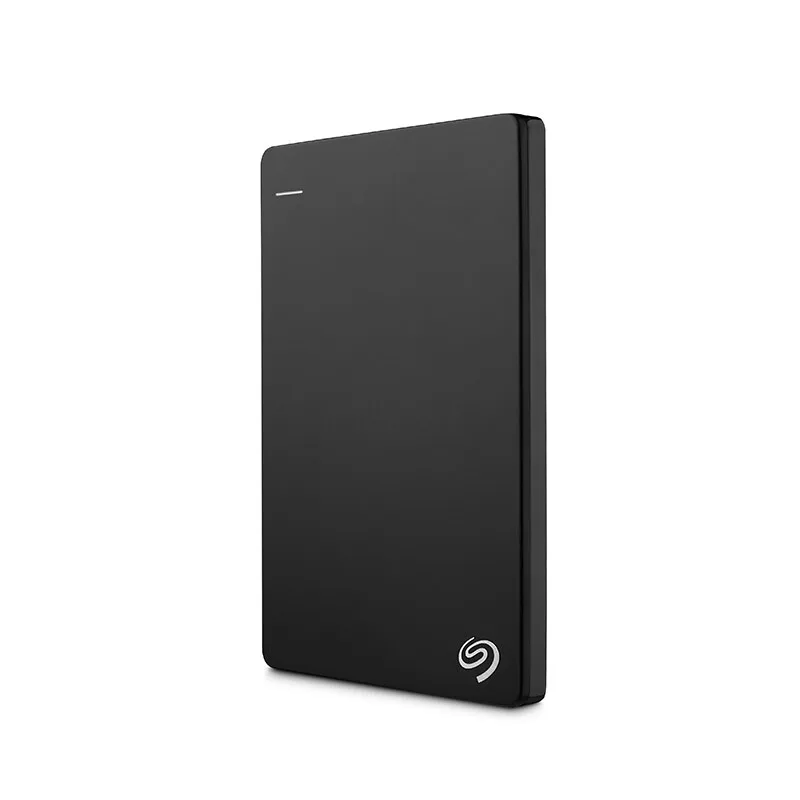If you need more space than your computer offers, you can get a portable hard drive. With a portable hard drive, you can plug it into your computer to access the data you've stored whenever you need.
1Decide what kind of portable drive you want.
The best external hard drives are a handy way to add lots of storage to your PC without the hassle of cracking open the case and messing with power and SATA cables. They're also a lifesaver if you're the sort of person who has already stuffed all the storage bays in your machine with internal drives, or if your PC lacks any additional bays by default (often the case with some of the best mini. For ordinary external hard drives, it's very much the exception, not the rule. A desktop hard drive with a single platter-based mechanism inside, or a portable hard drive, is almost certainly going.
- Expansion SSD Get capacities up to 1TB, compact and light design, USB 3.0 backup, SSD durability and transfer speeds up to 400MB/s, and ultra portability.
- Picking up one of the best external hard drives is becoming a vital part of both a PC gamers arsenal and that of a console owner. In a world of ever-growing game installs and mighty storage hogs.
- Portable external storage drives are compact, mobile storage units with 2.5-inch HDDs. They connect to computers via USB cables and also use this connection for power and data transfers. These USB-powered, plug-and-play storage devices make transferring files between computers easier.
Compatible with any computer, portable USB drives live inside their own little cases, and they plug into any available USB port. Some people call portable drives 'external drives.' Like USB drives, portable SATA drives are also portable, living outside your PC. Instead of plugging into a USB port, though, these plug into an external SATA port, a rare feature found on some newer PCs. Because few computers come with an external SATA port, portable USB drives are much more versatile.
2Figure out what features you need (or want) and are willing to pay for.
The higher the capacity of an external hard drive, the more information a drive can store, which also raises the price. Access or seek time measures the amount of time the drive takes to locate stored files, measured in milliseconds (ms). DTR (data transfer rate) measures how quickly your computer can transfer the files after it finds them. And your drive stashes recently accessed information in a special, extra-speedy spot called a cache, where it can dish it out quickly if you need it again.

3Before settling on a particular make and model of drive, read that drive's customer reviews on sites like Amazon and NewEgg.
Sometimes it's a good idea to trade some speed or capacity for reliability.
4Find the size of your Windows drive, also referred to as your C partition,by choosing Start→Computer and looking at the number beneath your C drive's icon.
A partition is simply a sectioned-off portion of a hard drive. A hard drive can have one partition that fills the entire drive; a drive can also be divided into several separate partitions, each with a different letter.
5Buy a portable hard drive at least as large as your C partition.
For example, if your C partition is 279GB, buy a hard drive of at least 300GB, preferably 500GB.
6Plug the portable hard drive into its power adapter, if needed.
Some portable hard drives don't require any power; others require a power adapter connected between the drive and an outlet. (Geeks call their little black power adapters wall warts.)
7Plug the portable drive's USB cable into both your computer and the drive itself.

3Before settling on a particular make and model of drive, read that drive's customer reviews on sites like Amazon and NewEgg.
Sometimes it's a good idea to trade some speed or capacity for reliability.
4Find the size of your Windows drive, also referred to as your C partition,by choosing Start→Computer and looking at the number beneath your C drive's icon.
A partition is simply a sectioned-off portion of a hard drive. A hard drive can have one partition that fills the entire drive; a drive can also be divided into several separate partitions, each with a different letter.
5Buy a portable hard drive at least as large as your C partition.
For example, if your C partition is 279GB, buy a hard drive of at least 300GB, preferably 500GB.
6Plug the portable hard drive into its power adapter, if needed.
Some portable hard drives don't require any power; others require a power adapter connected between the drive and an outlet. (Geeks call their little black power adapters wall warts.)
7Plug the portable drive's USB cable into both your computer and the drive itself.
Best Portable External Hard Drive
The cable's large plug fits into your computer's or laptop's USB port (left); the small end fits into the drive's own, smaller USB port (right).
8Double-click the new drive's icon in Computer to see the drive's contents.
Discount External Hard Drive
That's it. After you open its window in Computer, you can start moving files to and fro, just like with any other drive.
